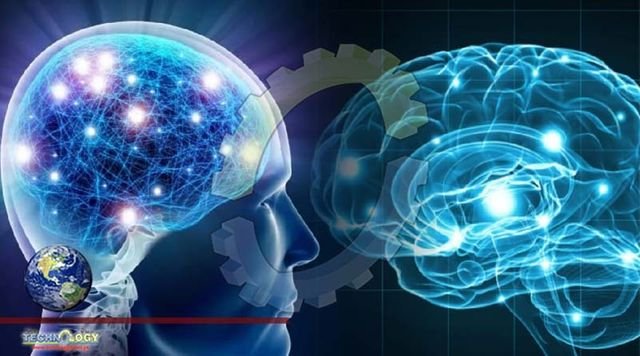According to World Health Organization (WHO) estimates, around 7 million individuals worldwide suffer from Parkinson’s disease. Although the origins of this neurodegenerative disorder are not entirely understood, it is known that many of its symptoms are caused by the death of neurons that create dopamine.

A study conducted in mice by a research team at the University of Cordoba has uncovered one of the causes of this neuronal loss: the key resides in the protein called DJ1, whose association with Parkinson’s disease has previously been established, but its specific role was unknown until now.
This research took things a step further by revealing one of the protein’s action mechanisms. To accomplish this, the researchers conducted a comparative study of neurons in the brains of mice with and without this active gene, with the goal of “comparing the differences between the two protein patterns and, thus, studying the mechanisms that may be altered,” explains Raquel Requejo, the study’s lead researcher and a member of the BIO126 group at the University of Cordoba.
According to the results of the study, the absence or dysfunction of the gene expressing the DJ1 protein causes the activation of what is known as the cell cycle, the process by which cells divide; in other words, the machinery used by cells to replace others that have died, as occurs, for example, when a wound heals.
What is the real problem here? The answer is that neurons do not have the capacity to divide, yet they ‘receive instructions’ to do so through the triggering of a cell cycle that, under normal conditions, should not occur. As a result, when a gene is altered, its neurons are forced into a division process that they are unable to complete and end up dying, thus producing many characteristic symptoms of Parkinson’s disease
This is what is known in the scientific literature as an “aberrant cell cycle” and its relationship “with this neurodegenerative disease and the absence of the DJ1 protein has been described for the first time in this study,” To date, Parkinson’s disease has no cure, per se, and current treatments consist of externally supplying the dopamine that the dying neurons stop producing naturally, explained the study’s lead author. In the future, this finding could favor the development of new therapeutic approaches that not only combat the symptoms but also prevent their cause, also behind other neurodegenerative diseases: neuronal death.
Source: This news is originally published by scitechdaily